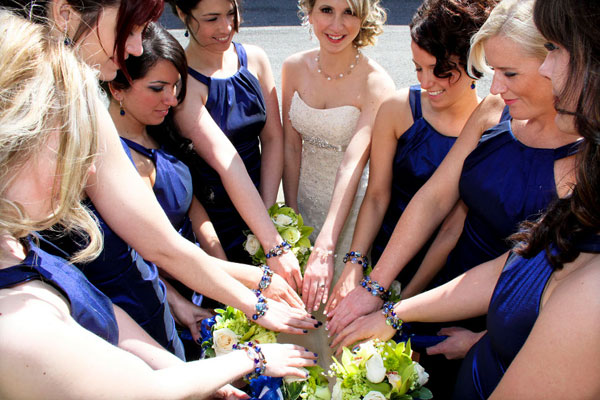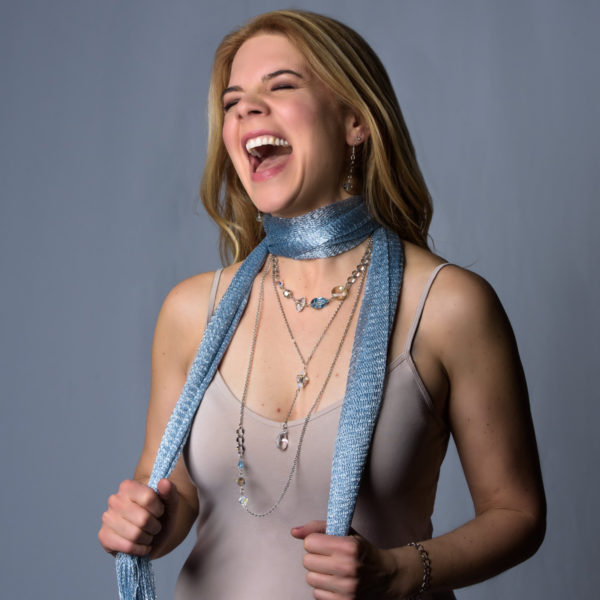
It’s that exciting time of year again, where many brides are out and about at Wedding Shows and Bridal shops searching for all of the perfect details to make their special day extra magical.
I thought it might be fun to highlight some of the traditions that most of us follow and tell you about where they came from.
- The word, Wedding comes from the root term meaning gamble or wager. The Anglo-Saxon word wedd meant a man would vow to marry a woman and give money to the Bride’s father. The Romans were the first to establish weddings as a legal bond between a man and a woman. In 1215 the Church formally ruled wedding ceremonies. A Wedding was declared a sacred act finalized to procreation.
- White has long been accepted as the traditional color of the wedding dress, but wedding gowns were not always white. The marriage of Queen Victoria to her cousin Albert of Saxe- Coburg in 1840 has had more influence on weddings than any other. Queen Victoria was the first to marry in white. White became an emblem of the purity and innocence of girlhood.
- I came across an old poem about how the color of your wedding dress will influence your future: “Married in white, you will have chosen all right. Married in grey , you will go far away. Married in black, you will wish yourself back. Married in red, you’ll wish yourself dead. Married in blue, you will always be true. Married in pearl, you’ll live in a whirl. Married in green, ashamed to be seen, Married in yellow, ashamed of the fellow. Married in brown, you’ll live out of town. Married in pink, your spirits will sink.”
- The Industrial Revolution also brought about change. By the 1890’s and the arrival of the department store, almost every woman could realize her dream of being married in a “new” wedding dress. Edwardian brides took the traditions of their Victorian ancestors to new extremes. Fashions became more extravagant as the decade progressed.
- Once WW1 hit styles became simpler, and also reflected the changing role of women in society with hems getting shorter and the phasing out of tightly laced corsets. Coco Chanel was a powerful force behind the change in women’s’ fashions, and was the one who officially introduced the short wedding dress in the 1920’s. It was a white knee length dress worn with a long train.
- Then came the depression and brides made do with their “best” dress for the wedding. Those that could afford a new white wedding dress would commonly have it dyed and altered after the wedding to get more wear out of the garment.
- After the war, prosperity made it possible for many women to enjoy a fairy tale wedding. Grace Kelly’s marriage to Prince Monaco received a ton of publicity because of its grand fairy tale wedding. She wore a white silk and lace gown.
- The first recorded diamond engagement ring was exchanged in 1477 when Archduke Maximillian presented the token to his betrothed Mary of Burgundy. Prior to that event, engagement rings were either plain metal bands (iron for commoners, while gold and silver were used among royalty) or used less expensive gems. Today, solitaires are the most popular choice for many couples, but different gems are growing in popularity.
and what about something old, something new, something borrowed, something blue…..
- Something Old is meant to represent the link with the bride’s own family and the past particularly mother or grandmother or even most distant relations. Something old is symbolic of continuity. Brides often choose to wear a piece of antique family jewelry.
- Something New represents good luck and success and the brides hopes for a bright future in her new married life. The wedding gown is often chosen as the new item. Wearing something new on your wedding day conveys the message that you and your husband are creating a new union that will endure forever.
- Something Borrowed is to represent to the bride that friends and family will be there for her on the special day and in the future when help is needed. “Borrowing” is especially important, since it has to come from a happily married woman, thereby lending the bride some of her own marital happiness to carry into the new marriage. Anything can be borrowed but it must be returned afterwards.
- Something Blue in ancient times is the symbol of faithfulness, purity and loyalty. Often a blue item is the garter and in olden times the couple wore blue bands on the border of their wedding attire to denote, love, modesty and fidelity. Another way to wear something blue is to include a blue flower in your head dress or theme your wedding flowers in blue. Today some brides even get a blue tattoo, wear blue nail polish or wear blue shoes.
Now before you rush out and get yourself a blue tattoo you can always call us for some blue julz to adorn yourself in. Enjoy the whole process leading up to your most special day, and hopefully this explanation of the many traditions will help you decide which ones are most important to you and your soon to be hubby!






LOVE this! I’ve always wondered about some of these time-honored traditions. Thanks for sharing!
“Tying the knot” comes from the Scottish tradition of handfasting. Because there was a shortage of clergy to marry couples, a town elder would perform the ceremony. The ceremony expired after one year. During that year hopefully a member of the clergy would come through town to have a church ceremony.
My husband and I both have Scottish roots, so we incorporated this ceremony into our Presbyterian ceremony. The vows are very honest.
Minister: “Tara will you cause Gary pain?”
Tara: “I may.”
Minister: “Is that your intent?”
Tara: “No.”
Of course Gary responded with, “I will,” which made everyone giggle…